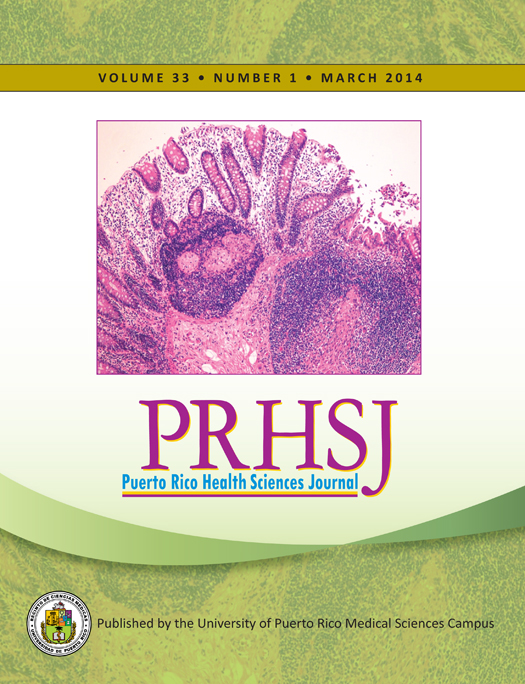Abstract
Objective: Physical environment influences diet and has been proposed as a determinant of childhood obesity. This cross-sectional study explored physical environment and its associations with diet quality and weight status in a sample of 114 12-year-old children from 4 public schools in the metropolitan area of San Juan, PR. Methods: Physical environment was assessed by asking questions regarding the availability and accessibility of healthy and unhealthy foods and food outlets as well as of recreational and sports facilities and equipment. Food intake was determined using a 24-hour diet-recall questionnaire, with the gathered data being used to assess diet quality and calculate the Healthy Eating Index (HEI)-2010. The HEI includes 12 components that are used to determine the compliance of a given diet with federal guidelines. HEI-2010 total score ranges from 0 to100 and is divided into the following classifications: poor (≤50), needs improvement (51-80), and good (>80). Body mass index was computed using measured weight and height and categorized according to the CDC Growth Charts. Results: Thirty-six percent of the participating children were overweight or obese. Nearly 57% had poor diet quality. The lowest HEI-2010 component scores were found for total fruits, whole fruits, total vegetables, whole grains, seafood and plant proteins, and fatty acids. However, diet quality was not associated with weight status or physical environment factors. Compared to the other children in the study, overweight or obese children reported having a significantly (p<0.05) lower availability of unhealthy foods and the highest access to recreational and sports facilities at home but also lower utilization of recreational and sports facilities at school and reduced participation in the school breakfast program. Conclusion: This study showed that some home- and school-environment factors influenced body weight in the children in this sample. However, these same factors did not appear to affect diet quality.
Authors who publish with this journal agree to the following terms:
a. Authors retain copyright and grant the journal right of first publication with the work simultaneously licensed under a Creative Commons Attribution License that allows others to share the work with an acknowledgement of the work's authorship and initial publication in this journal.
b. Authors are able to enter into separate, additional contractual arrangements for the non-exclusive distribution of the journal's published version of the work (e.g., post it to an institutional repository or publish it in a book), with an acknowledgement of its initial publication in this journal.
c. Authors are permitted and encouraged to post their work online (e.g., in institutional repositories or on their website) prior to and during the submission process, as it can lead to productive exchanges, as well as earlier and greater citation of published work (See The Effect of Open Access).
